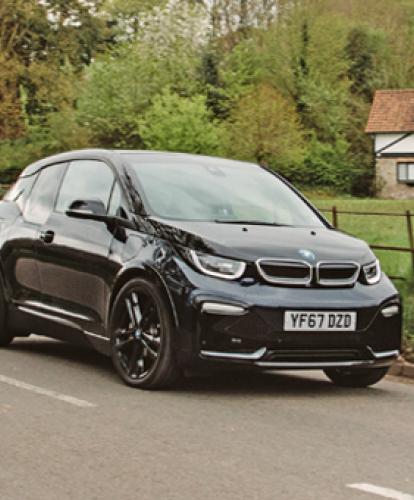The Department for Transport (DfT) announced today that changes to the UK Government’s Plug-in Car Grant scheme. From Friday 9th November 2018, the grants for pure-electric EV models will be cut by £1,000, and all current plug-in hybrids will no longer be eligible for a purchase subsidy.
Plug-in Car Grant rates are awarded using an EV classification system, each EV being classed depending on the level of CO2 emissions and the EV-only capable range:
* Category 1: CO2 <50 g/km and a zero emission range of at least 70 miles* Category 2: CO2 <50 g/km and a zero emission range between 10 and 69 miles* Category 3: CO2 50-75 g/km and a zero emission range of at least 20 miles
The changes will result in the grant of £4,500 for Category 1 models reducing to £3,500, as OLEV says this reflects the falling costs of pure-electric models. Should sales be higher than expected though, the grants – currently fixed until the next decade – could be reduced further to continue some form of support for electric vehicles.
Currently, Category 2 and 3 vehicles (all of which are plug-in hybrids) receive £2,500. The Office for Low Emission Vehicles (OLEV) – agency that administers the grant – has confirmed that Category 2 and Category 3 ultra-low emission vehicles that are currently eligible for funding will no longer be so from mid-November. No conventional PHEVs on sale as new in the UK qualify as Category 1.
Should a manufacturer produce a plug-in hybrid that meets Category 1 criteria, the model would then be eligible for PiCG funding. While the only PHEV to meet these limits is the current version of the BMW i3 REX, BMW has recently announced it the new i3 line-up will no longer include a REX option given the longer range offered by the larger battery pack.
First introduced in 2011, the Plug-in Car Grant has been applied to 168,000 models, the majority of which are PHEVs. The UK plug-in car market sees PHEVs out-sell pure-EVs two to one, and it is perhaps this continued success for hybrids that has seen OLEV look to cut the grant from this vehicle type.
While there is a case for removing grants for PHEVs, Zap-Map argue that retaining the levels of support for pure-EVs would have given a stronger message to car buyers at a time when they are being persuaded to invest in electric models as part of the switch away from petrol and diesel vehicles.
Fortunately, car buyers have an increasing number of high-quality longer range EVs to choose from. The last few months have seen the Jaguar I-Pace and Hyundai Kona Electric go on sale with official ranges around 300 miles, while Audi, Mercedes, and Kia all have EVs launched, and due in the UK soon, with ranges quoted at between 250 and 300 miles.
While a focus on pure-EVs is to be commended by the government, Zap-Map contend that support for plug-in models has been reduced too soon at a time when the market is still in its early stages. As electric vehicles still only make up around 3% of new cars sold each month, the market remains relatively small and potentially vulnerable.
The Plug-in Car Grant, together with further investment in charging infrastructure, continues to play an important role in supporting the EV market in order that it can become mainstream as is the government’s long-term objective.



